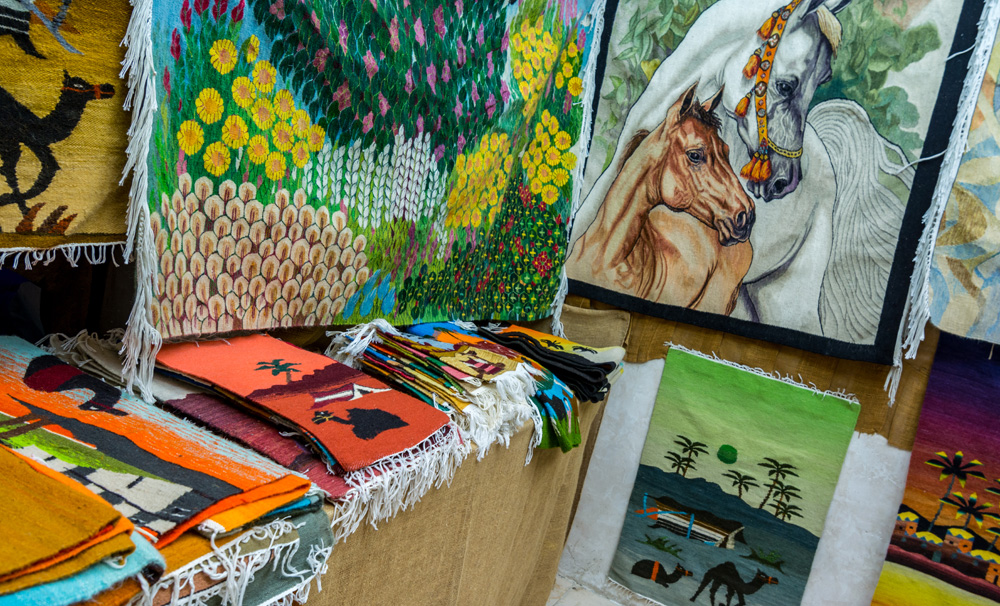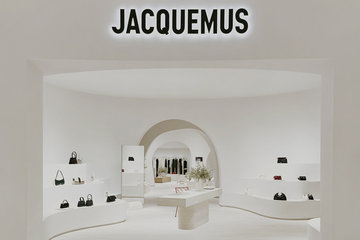
As part of efforts being made by Saudi Arabia to enhance the presence of the Kingdom abroad, the country’s General Culture Authority took part in the “Kingdom of Saudi Arabia: Culture and Heritage” exhibition, organized by the King Abdul Aziz Research Center (Darah) in Lisbon, Portugal’s capital city, from July 18 to 20.
A series of events designed to showcase the Kingdom’s culture were made available to the general public, including: a Saudi folklore band that presented a variety of pieces that highlight the Kingdom's musical heritage; a pavilion dedicated to Arabic calligraphy, where many Saudi calligraphers provided lessons in the history and types of Arabic calligraphy; a pavilion that introduced visitors to the hospitality of the Kingdom; and a pavilion highlighting Al-Qatt Al-Asiri, the traditionally interior wall decoration practiced exclusively by women.
Al-Qatt Al-Asiri is a revered ancient art form in Saudi Arabia and has long been considered a key element of the identity of the region of Asir. Decorating the interior walls of guest rooms in Asiri homes, it was recently added to the UNESCO Representative List of the Intangible Cultural Heritage of Humanity. To create Al-Qatt Al-Asiri, women draw geometric shapes and tribal symbols, painting them in vibrant colors to make guests feel welcome.
General Authority for Culture, which was established just two years ago in May 2016, is a Saudi government body responsible for all cultural activities in the Kingdom and its chairman is Ahmed Al-Maziad. In an exclusive interview with Arab News earlier this year, Al-Maziad touched on the authority’s plan to address international misconceptions about the Kingdom.

“Seeing is believing. We can’t just say that we are changing without showing that we are actually changing. Allowing women to drive is showing that we’re changing. Opening cinemas is showing that we’re changing. The fact that 54 percent of the employees in the GCA are women shows that we’re changing. The fact that in the GCA and Saudi Film Council we have equal pay between men and women shows that we’re working toward what many others are in terms of gender equality pay opportunities. This is already within the DNA that we’re developing,” he said.
“There’s so much baggage from the media over the last 30 to 40 years. I think, once they hear it, then they come again and they see it once or twice, it will become a reality,” continued Al-Maziad.

















